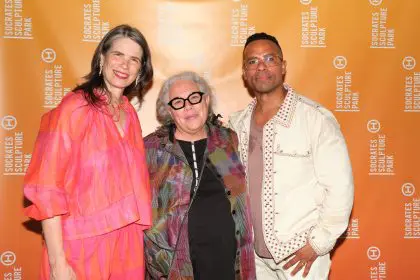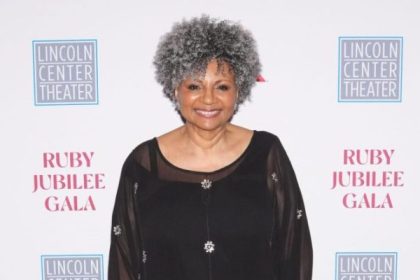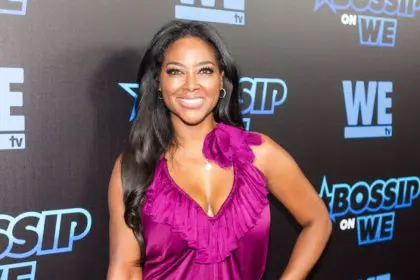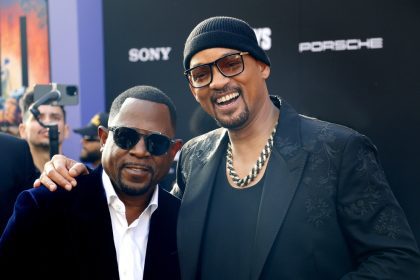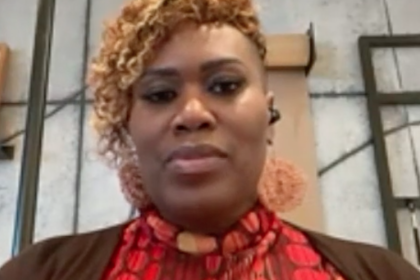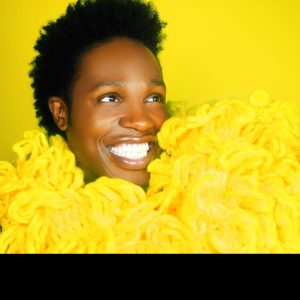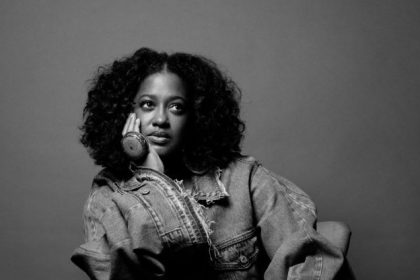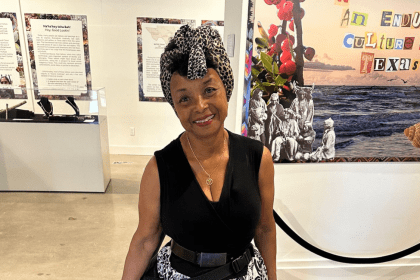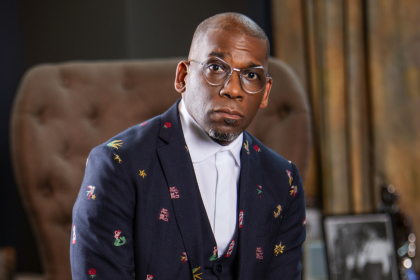
On the “A” w/Souleo …
A young boy fights bullying while celebrating Basant, a springtime kite-flying festival in “King for a Day.” A group of kids transform their bodies into the letters A-Z in “AFRO-BETS ABC Book.” In each of these picture books none of the protagonists are white—representing a movement aimed at augmenting the diversity of children’s literature. A recent study by the Cooperative Children’s Book Center found that of the 3,200 children’s books published last year only 253 (about 8 percent) were about children of color. This percentage represents a decrease since 2002 when 415 (about 13 percent) of the 3,150 books published were about children of color.
“White children—all children really—need to be exposed to books that help them see the world as it is really: peopled by different ethnic, cultural and racial groups, people with whom they must interact,” said Wade Hudson, president and CEO of Just Us Books. “Children’s books are great vehicles for helping children understand their communities and their world.”
Last year marked the 25th anniversary of Just Us Books for Mr. Hudson and his wife Cheryl Willis Hudson—the company’s publisher and an author. As one of the few black-owned publishing companies with a focus on black interest children’s books, the Hudson’s are recognized as trailblazers in the field. Yet even with the success they have achieved—largely through grassroots marketing efforts—they realize that greater consumer demand and support for multicultural books are necessary to increase diversity.
“These books need to be purchased so that a more viable market for them can be advanced. What if more white parents purchased multicultural books to add to their children’s collections? People of color should also purchase more multicultural books. If these books are published and are not sold in the marketplace, publishers will have little choice but to change their publishing list to what will sell—and those books may not reflect the diversity we want to see,” said Mr. Hudson.

But, before a book even reaches the market, it must pass several gatekeepers in all aspects of publishing, from literary agents to writing groups. When examined closely there is limited diversity found in those who hold these positions. The result? Arguably, self-perpetuating cycles of publishers approving books featuring characters that overwhelmingly look just like them.
“Editors who are predominately white are sometimes uncomfortable taking on stories that feature people of color because they are afraid of getting the authenticity of the characters wrong,” said Jason Low, publisher of LEE & LOW BOOKS. “There is a lot of work that goes into making sure your character rings true, and the perceived lack of payoff in sales keeps many editors away. Unfortunately, this is not something that will be fixed in the near term.”
To read the entire column click here.

